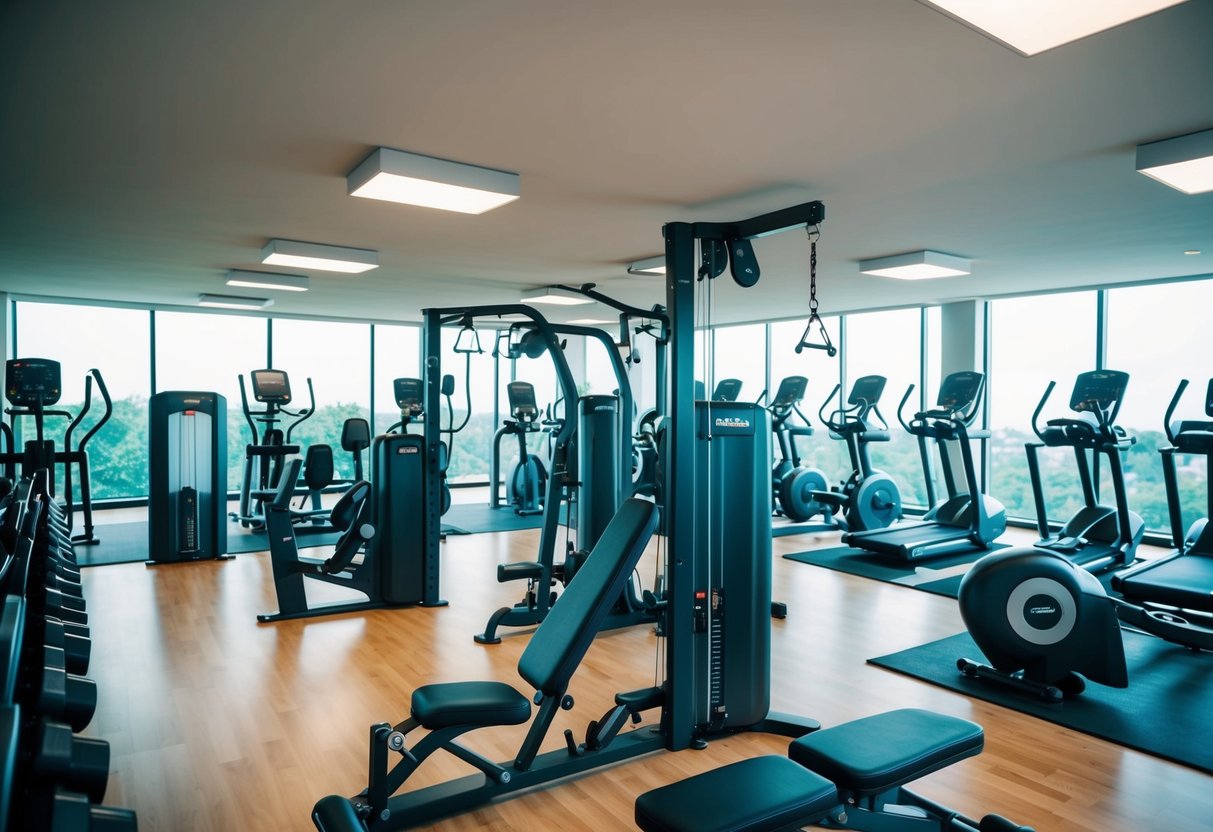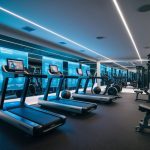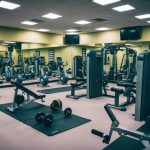
Monitoring and Evaluating Your Progress
Tracking progress in a workout program is essential for understanding how the body is responding to exercise. Regularly assessing performance allows individuals to adjust their programs effectively, ensuring continuous improvement and avoiding plateaus.
Tracking Workout Performance
Accurately tracking workout performance helps to identify areas of improvement and highlight achievements. Individuals should monitor variables such as weight lifted, repetitions completed, and rest periods. By consistently recording these metrics, one can notice patterns and changes over time.
A workout log or digital app might be beneficial for systematically capturing data. This approach assists in comparing past and present performances. Monitoring progress also helps in understanding how different workouts target muscle fibers and contribute to size gains. Watching for progression means that goals remain aligned with the desired outcomes.
Adjusting the Program for Plateaus and Gains
Encountering a plateau in performance is common and calls for strategic adjustments to the workout program. When progress stalls, changing exercise variations, rest periods, or intensity can revitalize muscle engagement. Such changes ensure that the body continues to adapt and grow in desired areas.
For those experiencing gains, the program might require further adaptations to challenge the muscle fibers. Increasing weight, modifying sets and repetitions, or integrating new exercises can provide this challenge. It’s essential to balance growth with recovery, making sure the program remains sustainable. Regular evaluation keeps the workout effective and aligned with fitness objectives.
Maximizing Results with Accessory Work
Incorporating accessory work into workouts enhances the effectiveness of a fitness routine by focusing on specific muscle groups and improving overall strength and performance.
Incorporating Accessory Movements
Accessory movements are critical for a well-rounded workout program. They target secondary muscle groups and support progress in primary exercises. Adding exercises like tricep extensions, bicep curls, and calf raises can aid in muscle balance and prevent injury. Emphasizing variety ensures the body is challenged in different ways.
Accessory movements allow individuals to focus on weaknesses that primary exercises may overlook. For instance, performing lateral raises can enhance shoulder stability, while reverse flies can strengthen the upper back. The key is to select movements that complement the main lifts, using moderate weights and higher reps to achieve endurance and refined muscle definition.
Enhancing the Major Muscle Groups
Accessory work is vital for strengthening major muscle groups by reinforcing key lifts like squats, deadlifts, and bench presses. Exercises such as Romanian deadlifts, bent-over rows, and lunges work as effective supplements. They not only build muscle endurance but also improve technique and posture during heavy lifts.
Focus on movements that enhance core stability and grip strength, as these are critical for major lifts. Planks, farmer’s walks, and hanging leg raises develop these aspects effectively. By integrating accessory exercises into a workout, individuals can target specific areas, leading to better performance and increased confidence in primary exercises.



